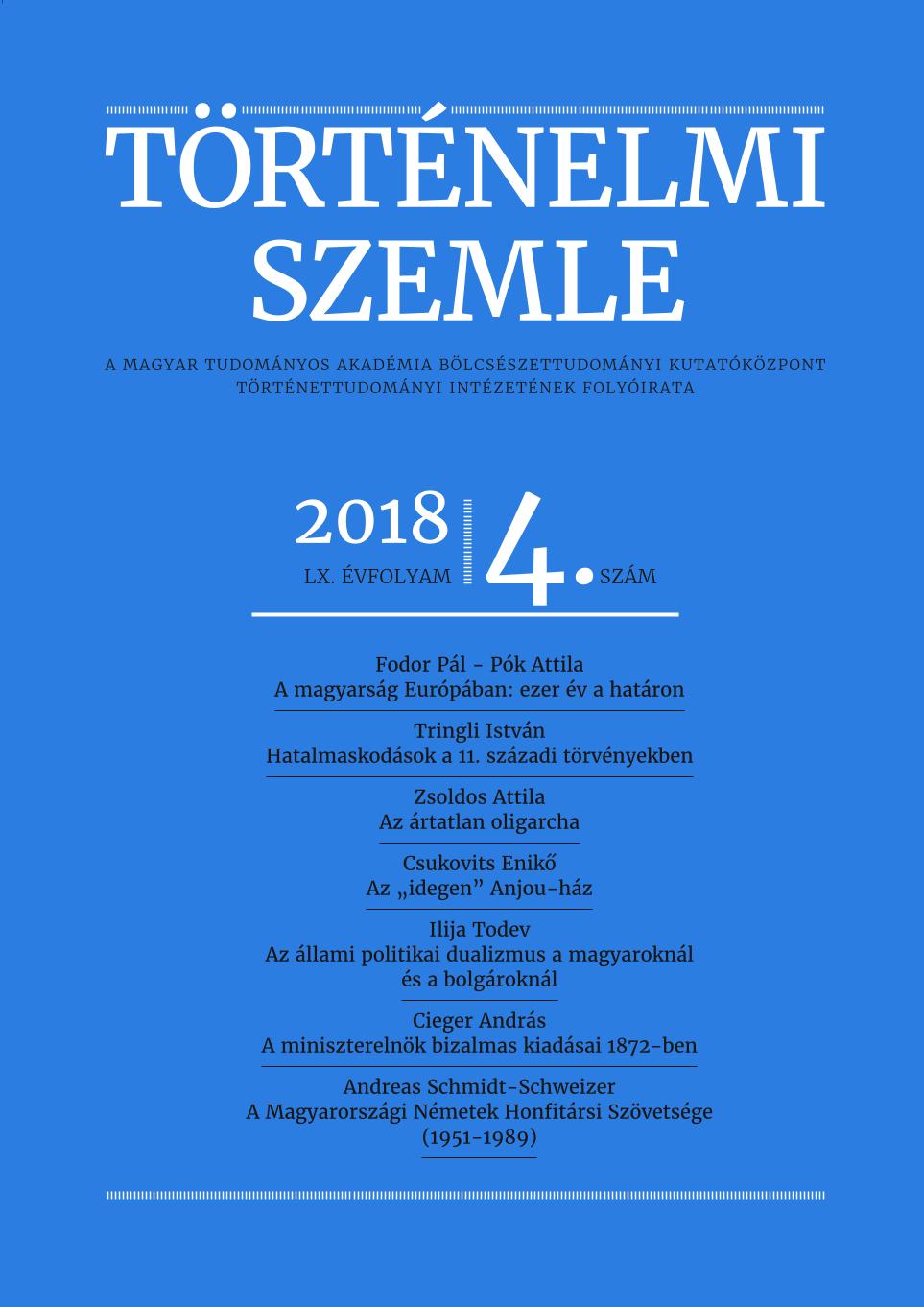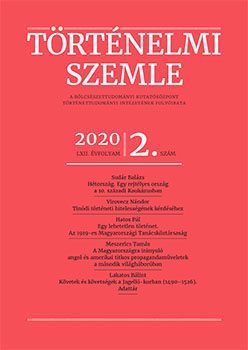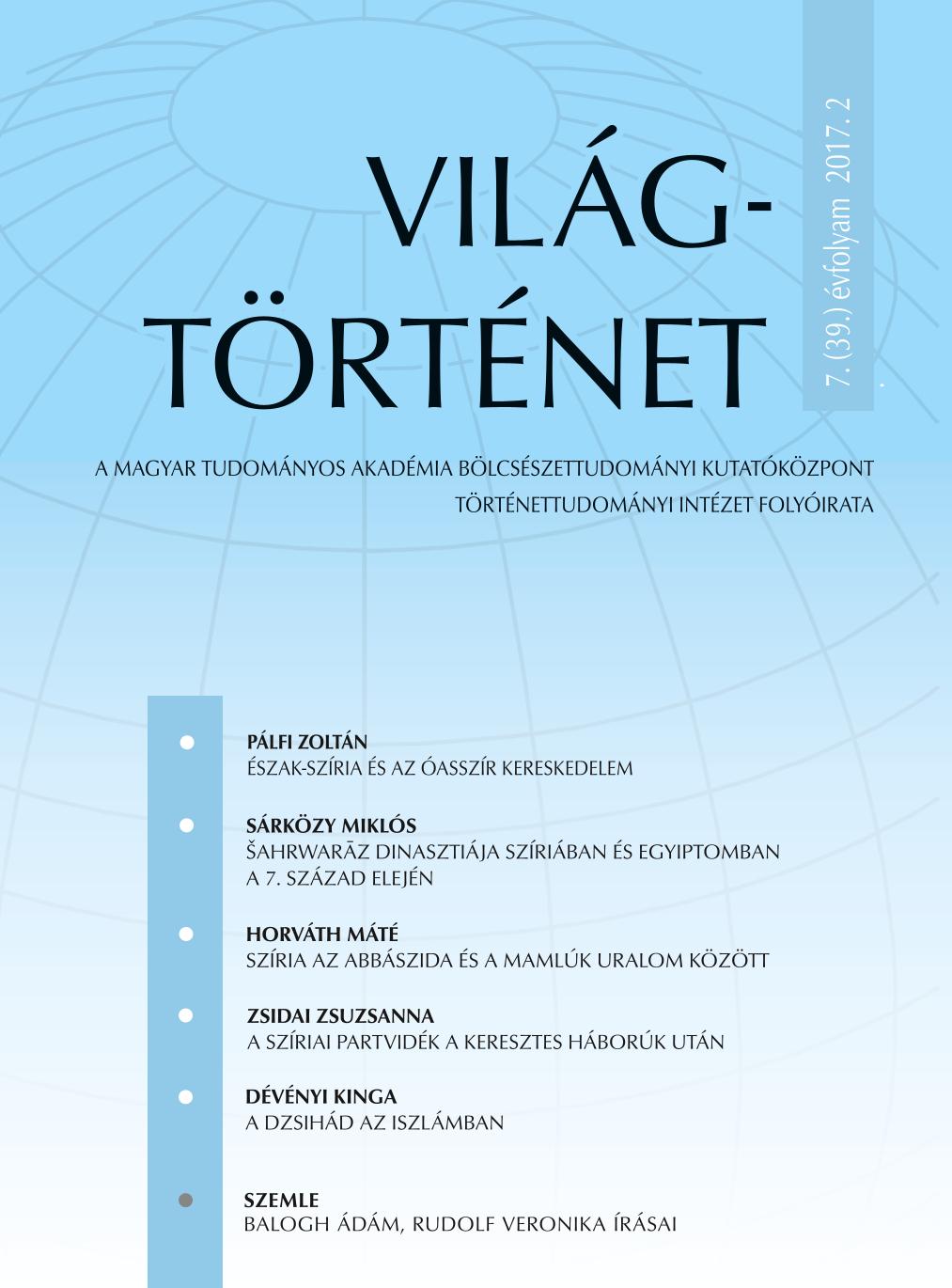
MEMORIES OF PLAGUE IN LATE 8TH AND EARLY 9TH CENTURY BYZANTINE HISTORIOGRAPHY
In the late 8th and early 9th century two historical works, the Short history of Nikephoros of Constantinople, and the Chronicle of The ophanes the Confessor, give evidence about the plague which appeared in Sicily and Calabria in 745/6 and spreading to the east, erupted in Constantinople in 747/8 during the reign of Emperor Constantine V. In this paper, we analyze the narratives off ered by the two historians and place their historical representation of the plague in the context of the religious controversy over icons which shook Byzantium in the 8th and 9th centuries. It appears that both historians, themselves engaged in the controversy over icon worship, Nikephoros in the capacity of the patriarch of Constantinople, and The ophanes as a hegumenos of an orthodox monastery, utilized the description of the plague to portray the emperor Constantine V’s rule as irreligious and devastating for the Byzantine state and church.
More...












